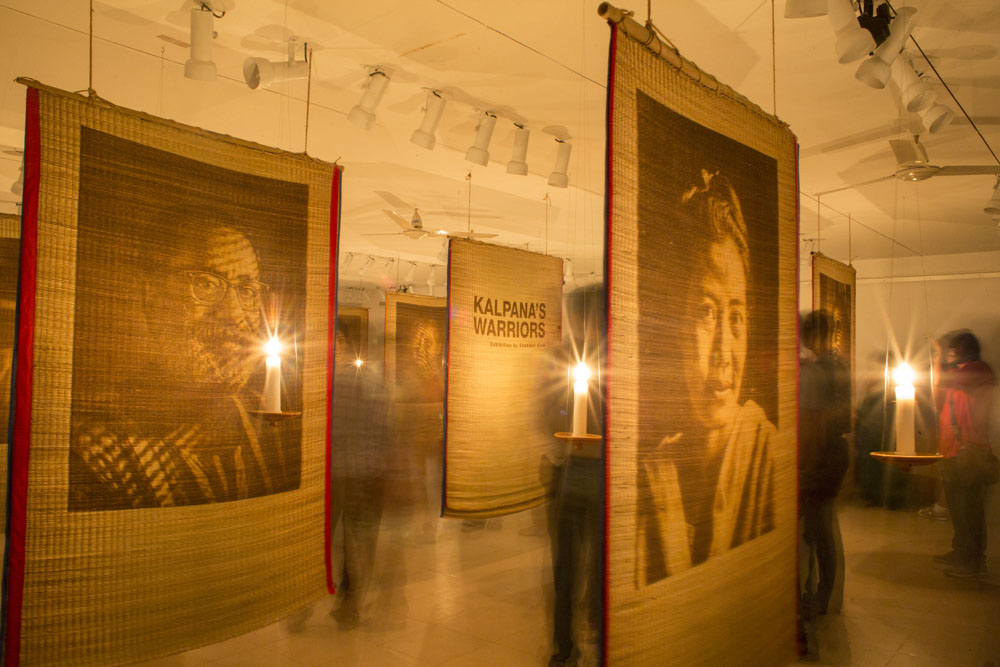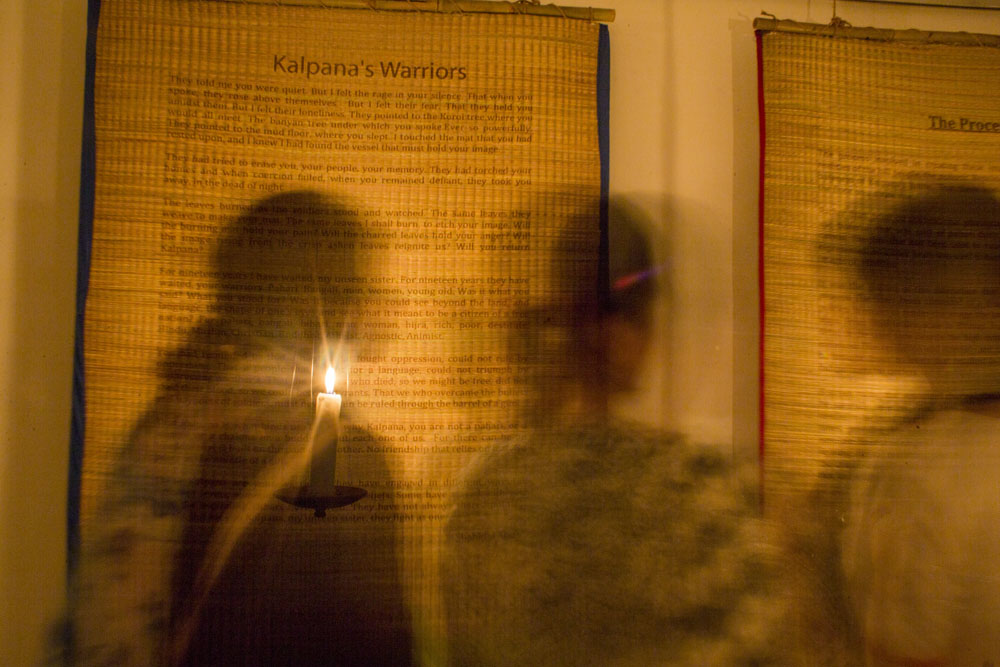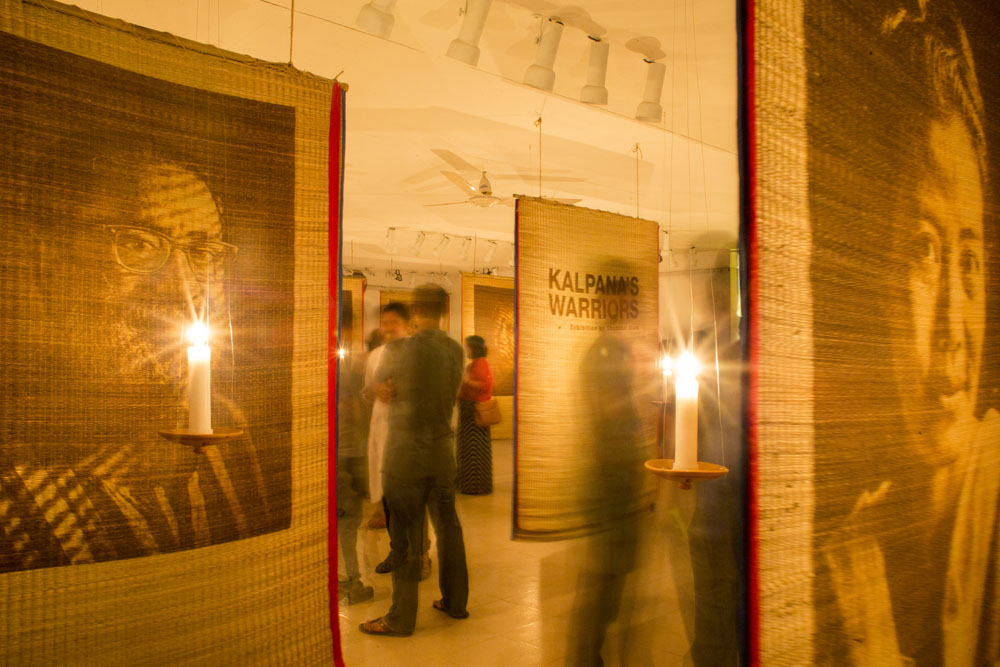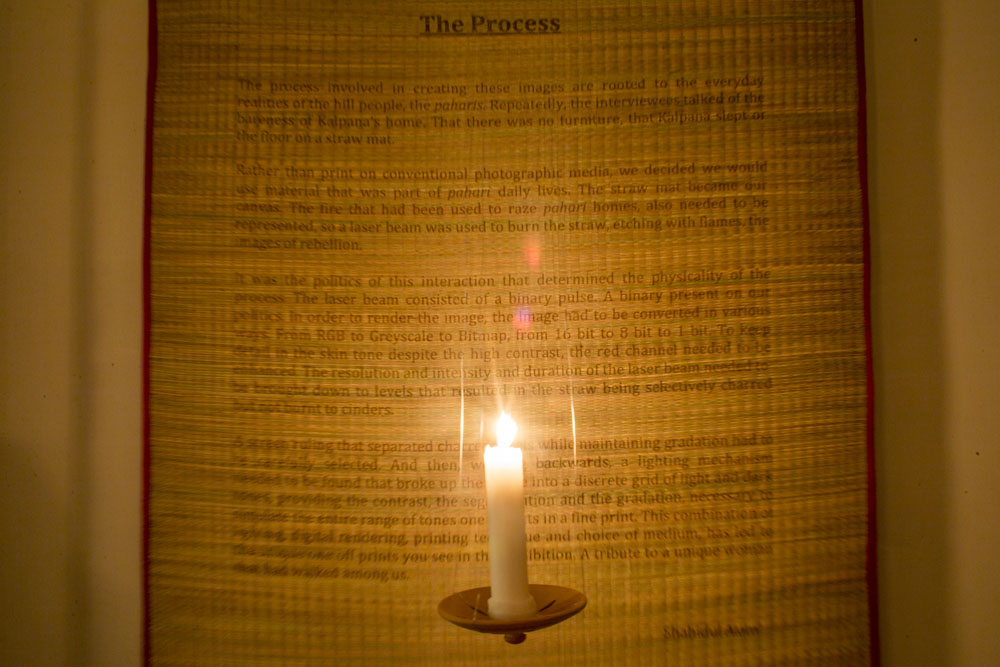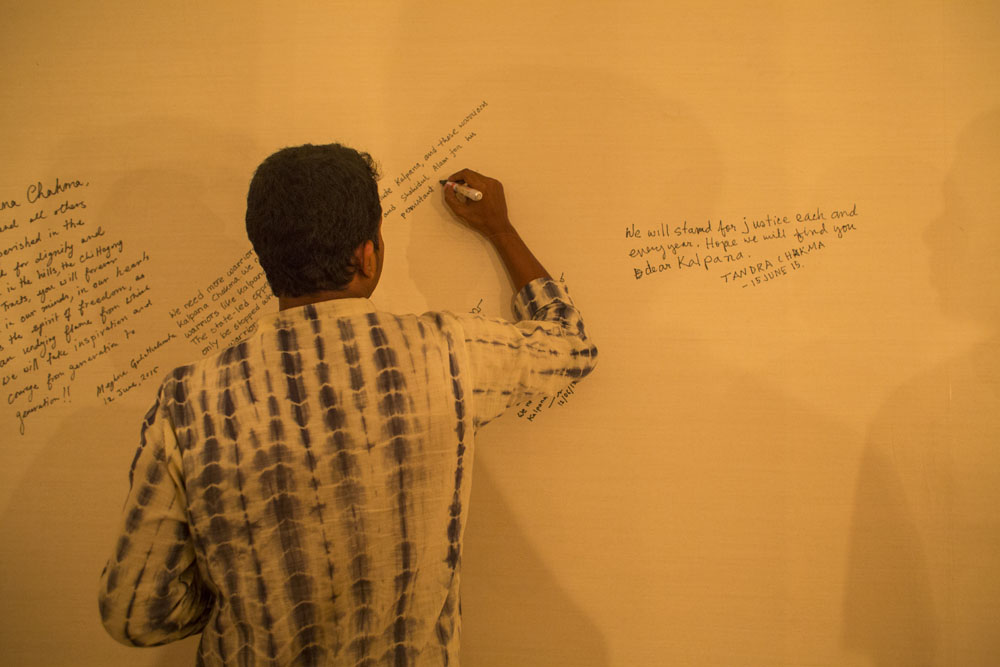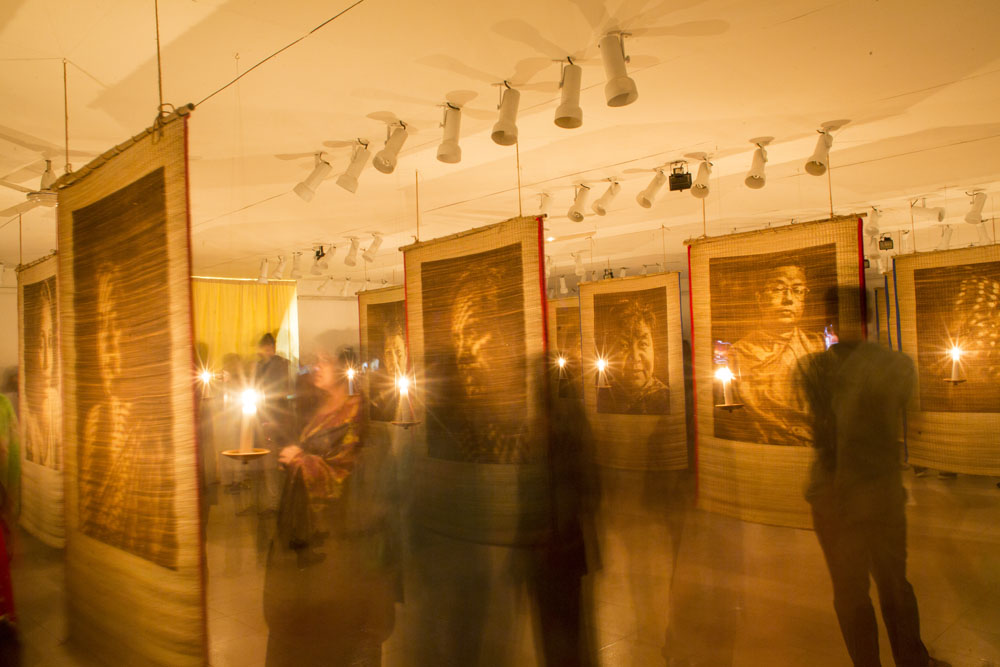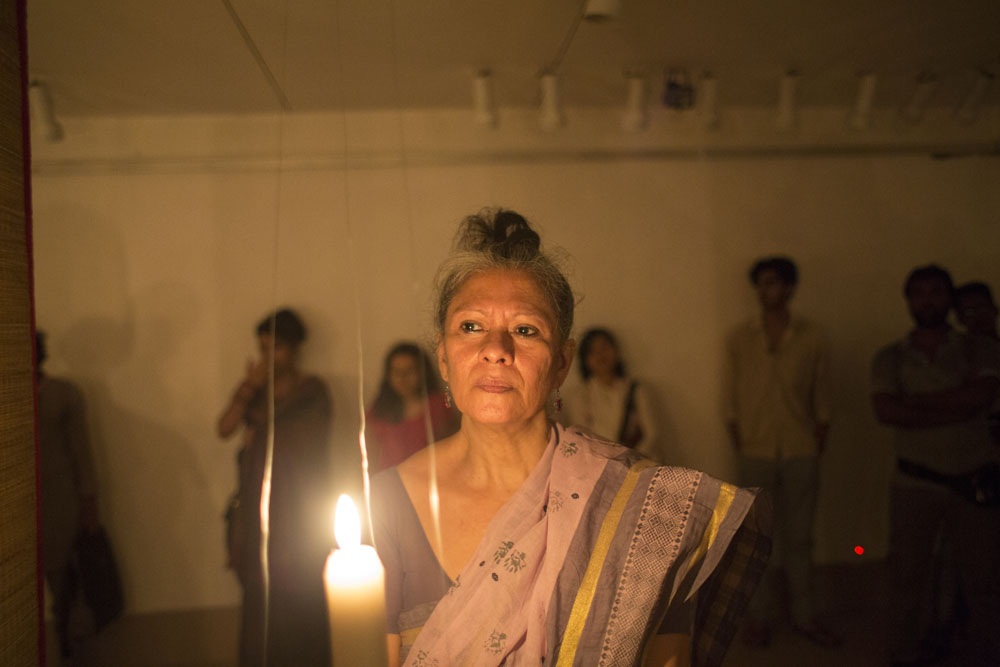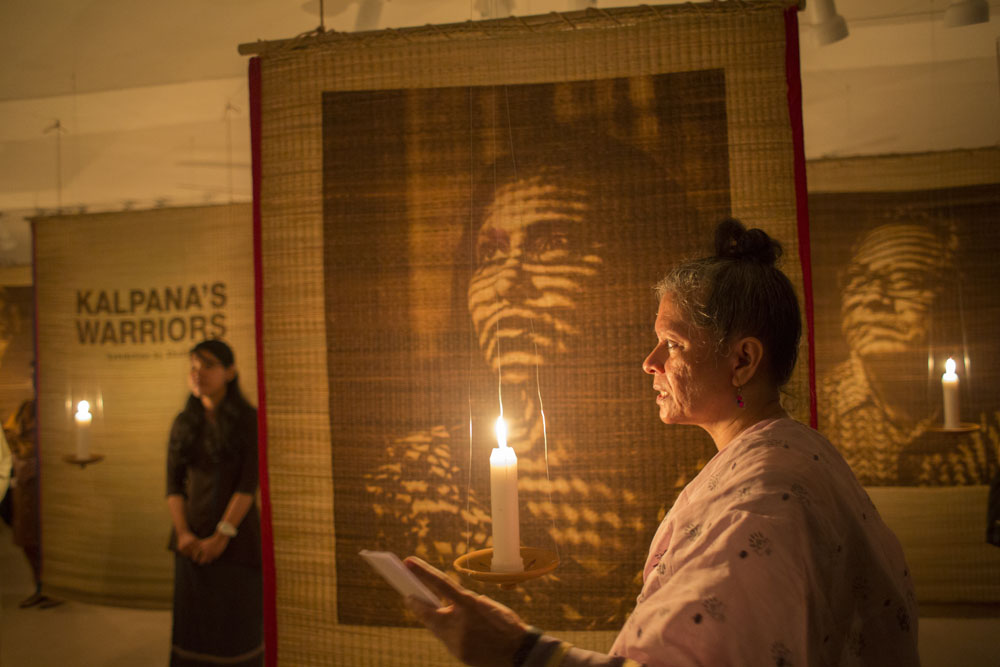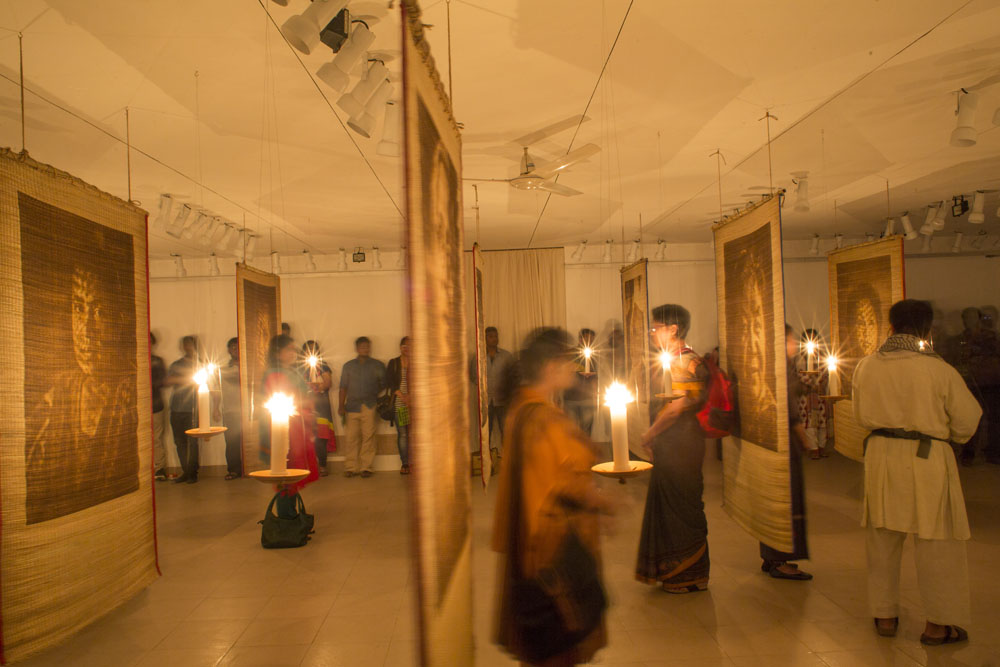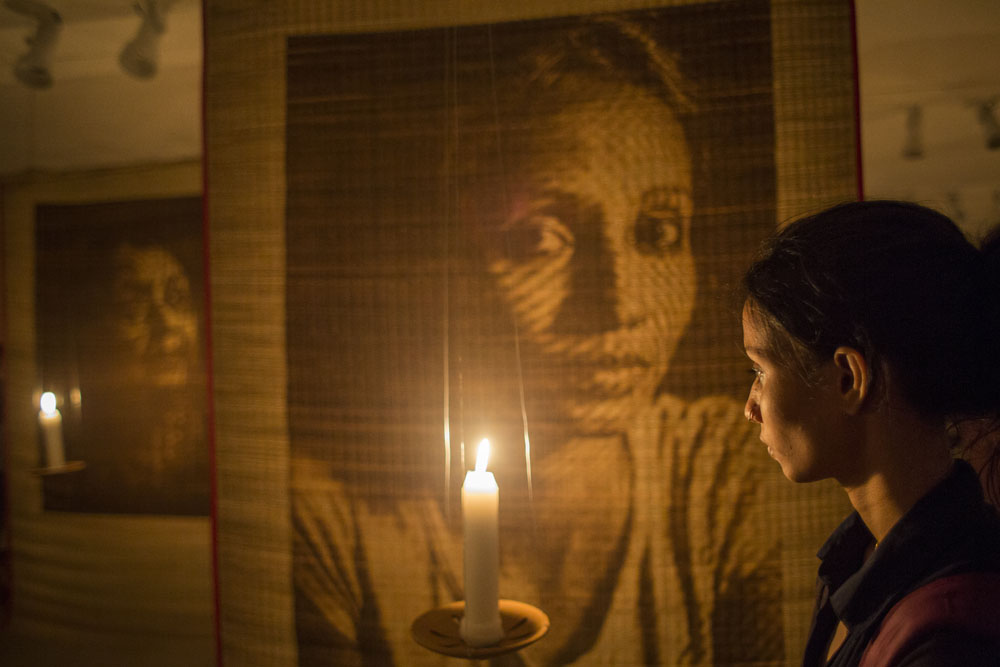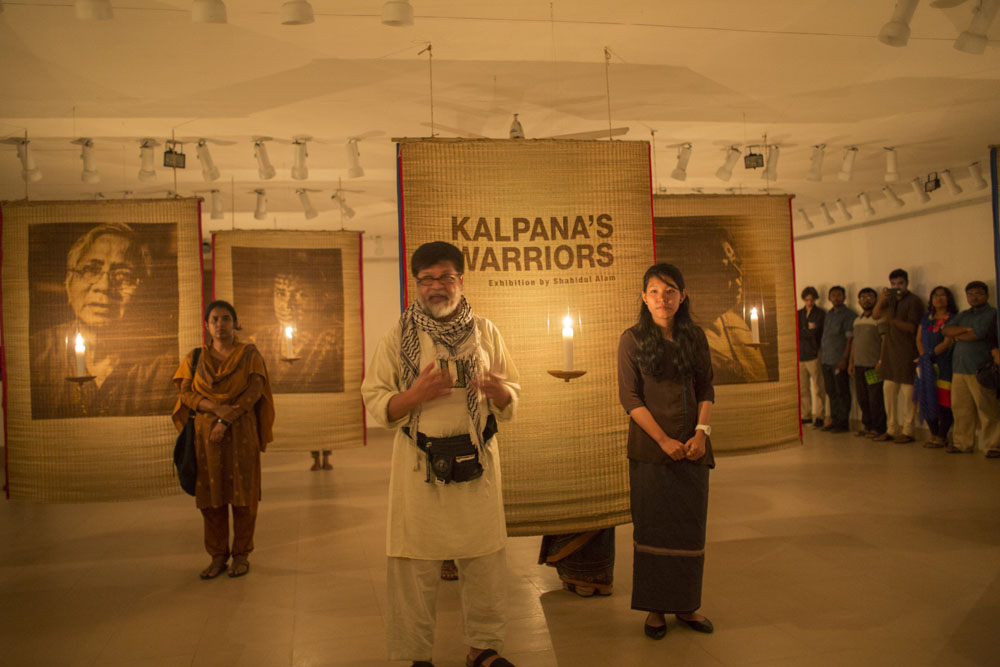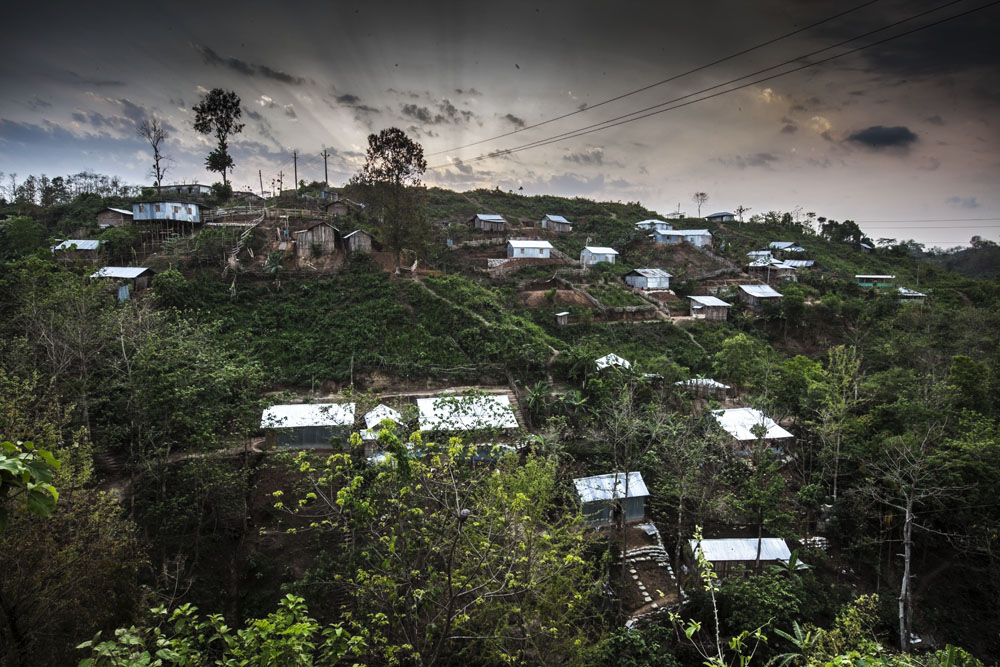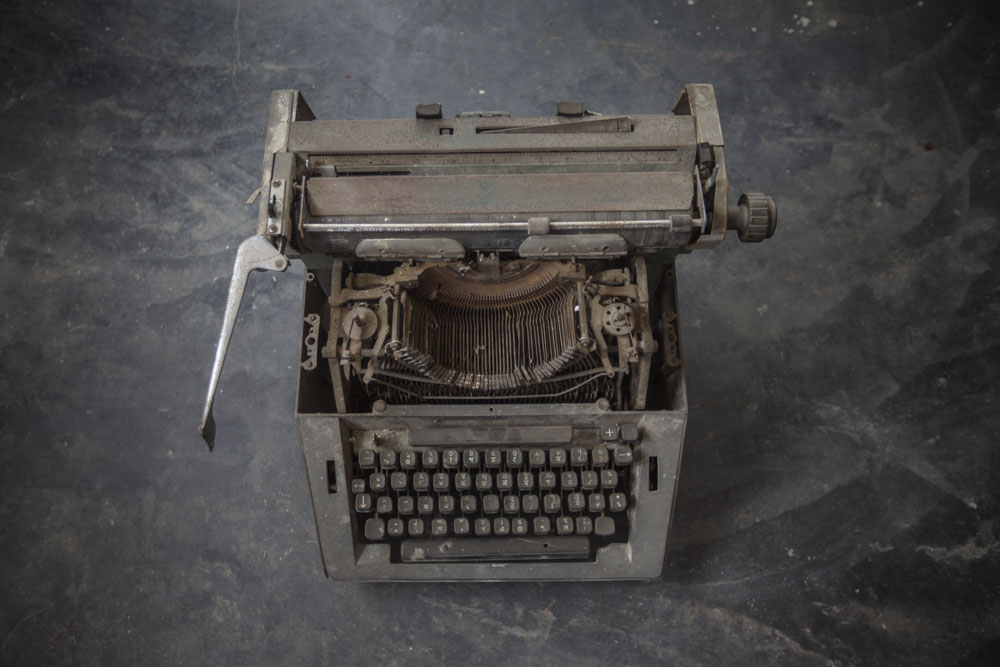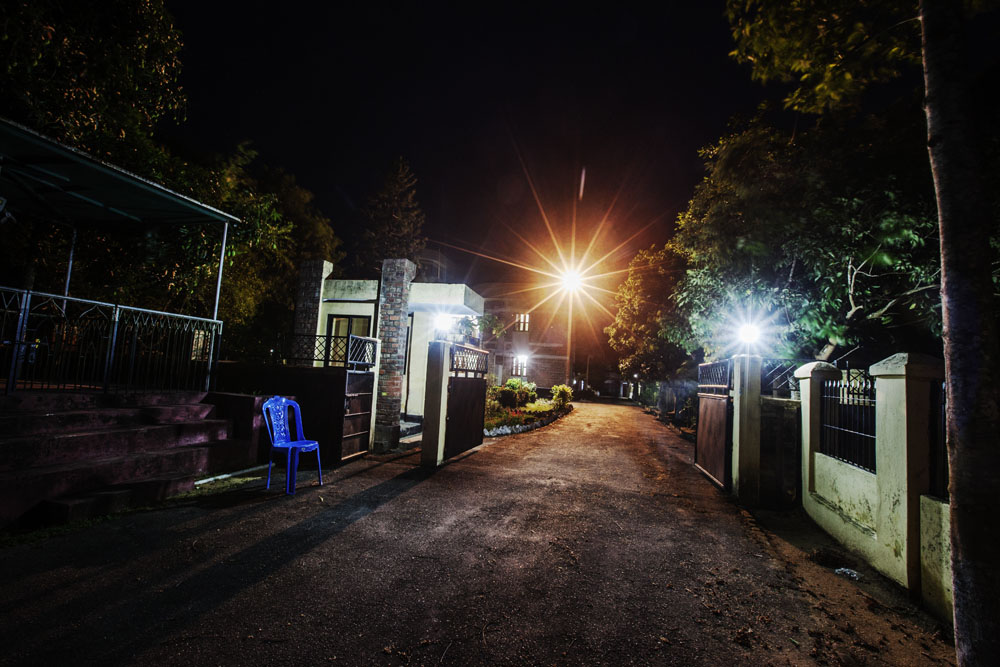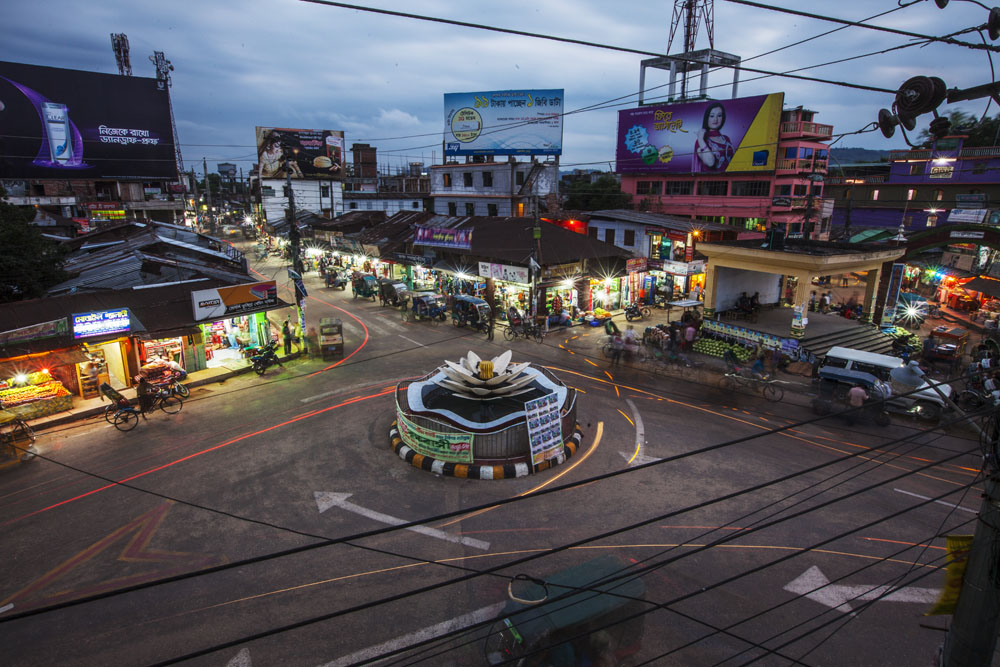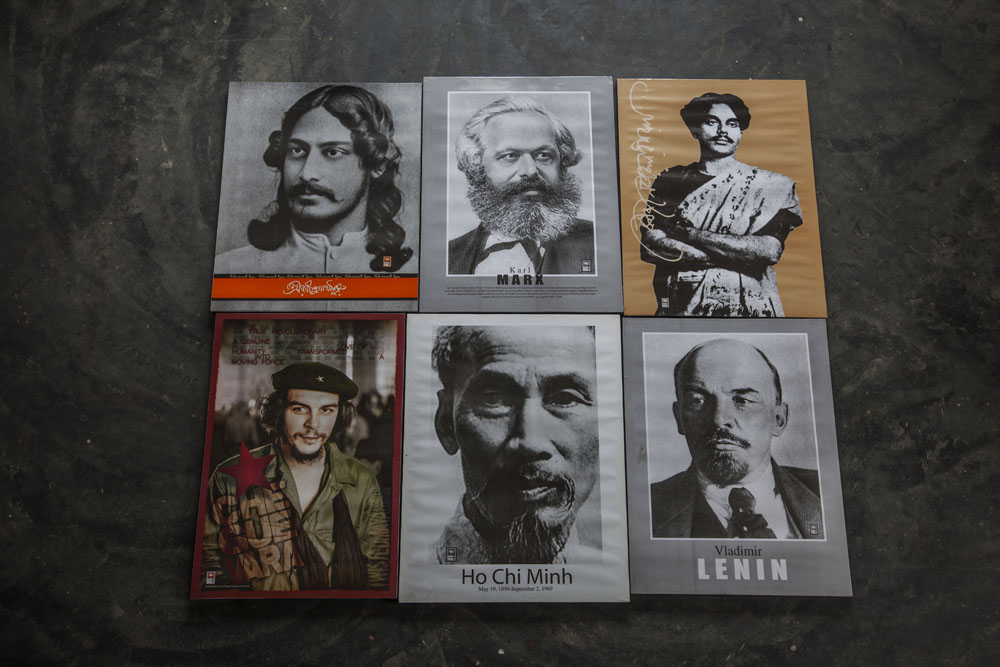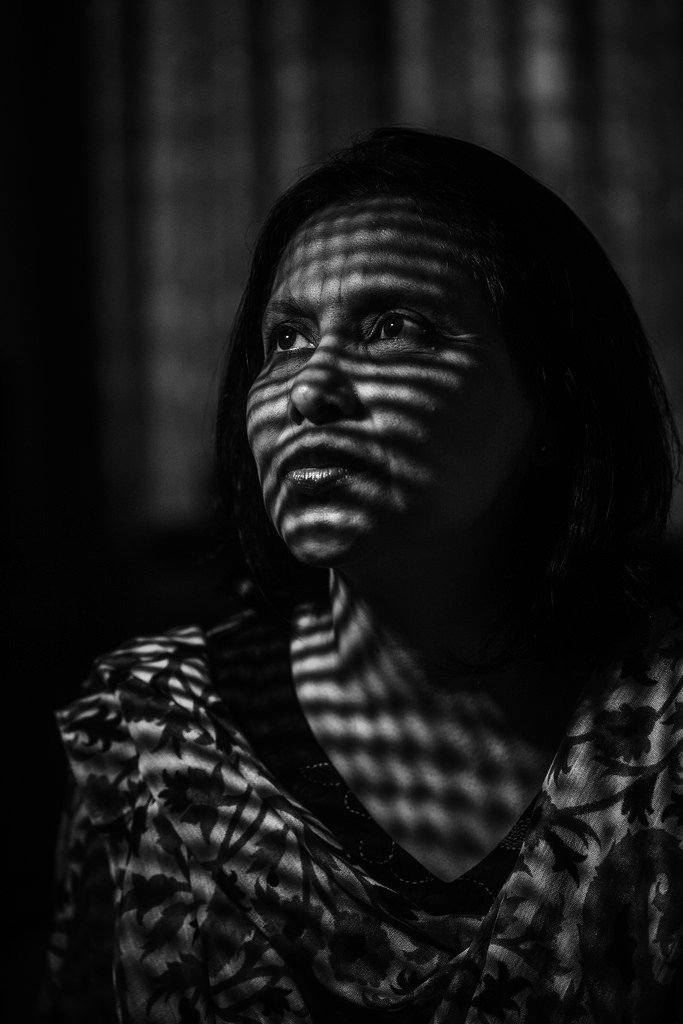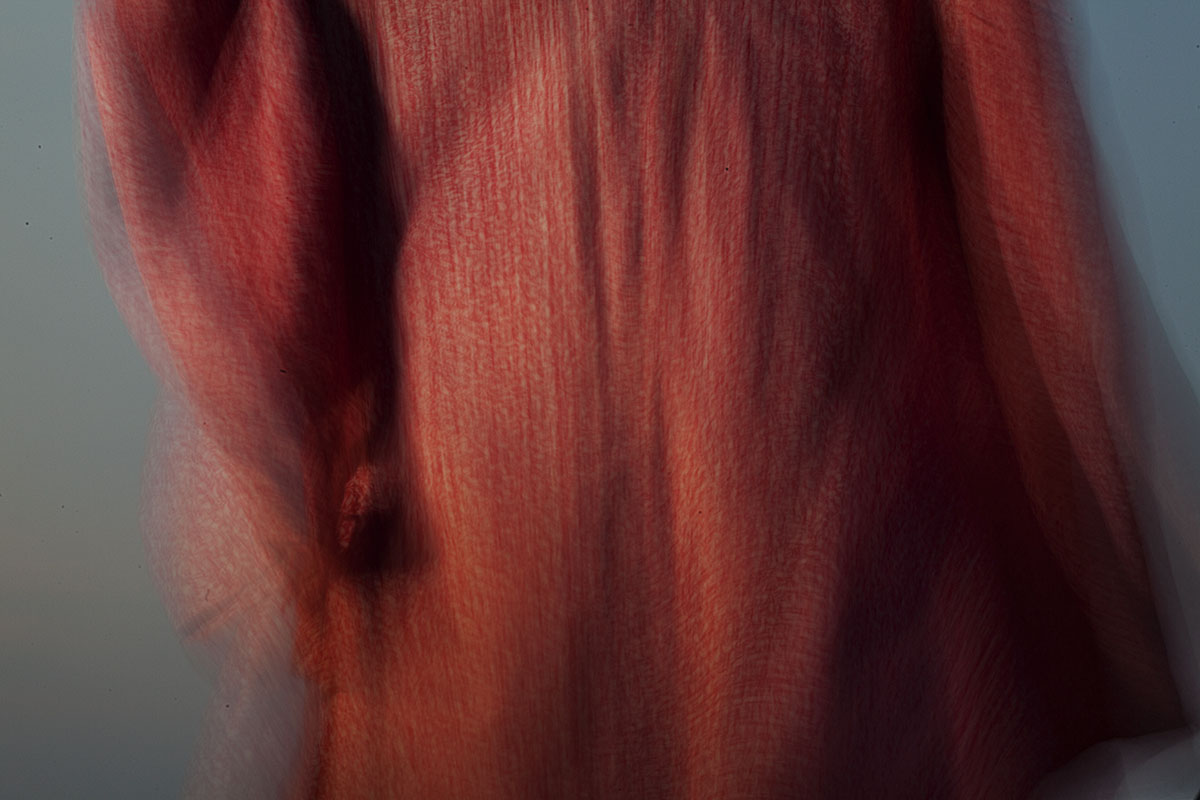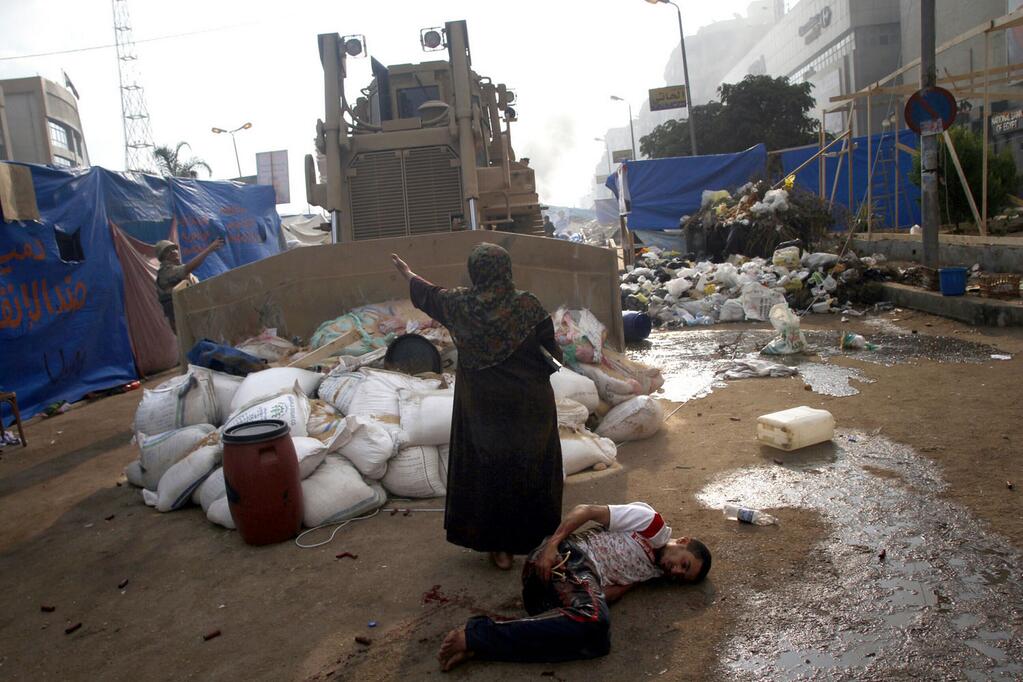সম্প্রতি বাংলাদেশ আওয়ামী লীগ তথ্য প্রযুক্তি বিষয়ক নির্বাচন পরিচালনা কমিটি নামক একটি ফেইসবুক পেইজ থেকে ২০১৩ সালে ডয়েচে ওয়েলেকে দেয়া আমার একটি সাক্ষাৎকার থেকে খন্ডিতভাবে এক টুকরো অংশ উদ্ধৄত করে একটি ভিডিও কন্টেন্ট তৈরি করে সেখানে বলেছে:
“দেশপ্রেমিক সেনাবাহিনী ও জনগণকে মুখোমুখি করতে গভীর ষড়যন্ত্রে লিপ্ত ছিল শহিদুল আলম। সেনাবাহিনীকে বিতর্কিত করতে আন্তর্জাতিক একটি মিডিয়াকে বেছে নিয়েছিলেন তিনি।”
২১ বছর আগে অপহৃত হিল উইমেন্স ফেডারেশেনের নেত্রী কল্পনা চাকমাকে নিয়ে আমি ২০১৩ সালে যেই প্রদশর্নী করেছিলাম তার উপর দেয়া ওই সাক্ষাৎকারের প্রায় পুরোটুকু ফেলে দিয়ে মাঝখান থেকে খন্ডিতভাবে ছোট এক টুকরো অংশ কেটে নিয়ে তারা যেভাবে প্রচার করছে তার থেকে বিভ্রান্তির সুযোগ তৈরি হচ্ছে। উল্লেখ্য, কল্পনা চাকমার অপহরণের সাথে সেনা সদস্যর সংশ্লিষ্টতার যে অভিযোগ, যার উল্লেখ আওয়ামী লীগের শীর্ষ স্থানীয় নেতা ও সাবেক স্বরাষ্ট্রমন্ত্রী মহিউদ্দিন খান আলমগীরও ২০০৯ সালের একটি টিভি টক শোতে করেছিলেন, সেই অভিযোগের কোন বিচার এত বছর ধরে হয়নি। পাশাপাশি পার্বত্য অঞ্চলে যে জাতিগত নিপীড়ন চলমান তারও কোন সুরাহা দশকের পর দশক ধরে হয়নি। এরই প্রেক্ষাপটে বিষয়গুলো নিয়ে বিভিন্ন রাজনৈতিক দল, সরকার ও সামরিক বাহিনীর ভূমিকা নিয়ে সামগ্রিকতার আলোকে কিছু আলোচনা আমি ঐ সাক্ষাতকারে করি। পাশাপাশি আমার যে প্রদর্শনী কল্পনা চাকমার অপহরণ নিয়ে হয়েছিল সেই প্রদর্শনীরও নানা দিক আমি সেখানে তুলে ধরি। ফলে সেখানে আমাকে কল্পনা চাকমার অপহরণের উপর বিভিন্ন ধরনের প্রশ্ন করার পর এক পর্যায়ে যখন প্রশ্ন করা হয় “তার মানে এটা কি বলা যায় যে কোন সরকারই আসলে সামরিক বাহিনীর বিষয়ে বিশেষ কোন কিছু, কোন উদ্যোগ গ্রহণে আগ্রহী নয়?” তখন এর উত্তরে আমি যা বলি তা ছিল নিম্নরূপ:
“আমাদের সামরিক বাহিনীর প্রয়োজন আছে কিনা সেটাই আমি প্রথমে প্রশ্ন করি। তেতাল্লিশ বছর ধরে আমরা যে সামরিক বাহিনীকে লালন করছি তারা কিন্তু একবারও দেশ রক্ষার কাজে কোনভাবে নিয়োজিত হয়নি। সেটা ভালো। আমাদের শান্তি আছে সেটা ভাল। তবে বিশাল অঙ্ক কিন্তু এদের উপর ব্যয় করা হচ্ছে যেটা শিক্ষায় যেতে পারত, স্বাস্থ্যে যেতে পারত, অন্যান্য ধরনের উন্নয়নে যেতে পারত, সেটা হয়নি। এমনকি যে জায়গায় তাদের থেকে আমরা কিছু আশা করতে পারি আমাদের এই বর্ডারে যে বাঙালীদের পাখির মতো গুলি করা হচ্ছে, বিএসএফরা গুলি করছে সেখানে প্রতিবাদ করা, সেখানে তাদের অন্তত এই পরিস্থিতিতে বাঙালীদের, বাংলাদেশীদের বাঁচানো সেই কাজেও তারা কোন কিছু করেনি। তাদের একমাত্র কাজ শোষণ করা। এই শোষণ তো পাকিস্তানীরা আমাদের করেছে। আমাদের নিজেদের মিলিটারী আমাদের শোষণ করবে এটা আমরা হজম করব এটা হবে কেন? কিন্তু যে কথা আপনি বললেন, যখন যে সরকারই এসেছে এদেরকে তুষ্ট করাই ছিল তাদের প্রধান কাজ। এবং এটাও ভাবতে হবে যে আমাদের দেশের জাতির পিতাকে যারা হত্যা করেছে, জেনারেল জিয়াকে যারা হত্যা করেছে, আমাদের নেতাদের জেলে যারা হত্যা করেছে তারা কিন্তু এই দলেরই মানুষ।”
কিন্তু আমার উত্তর থেকে বিএসএফ এর সীমান্ত হত্যা ঠেকাতে না পারা এবং জাতির পিতা বঙ্গবন্ধু ও জাতীয় নেতাদের হত্যা বিষয়ক খুবই গুরুত্বপূর্ণ দুটি অংশ সম্পূর্ণরূপে বাদ দিয়ে তারা যেভাবে খন্ডিত আকারে আমার বক্তব্যটি প্রচার করছে তা নিম্নরূপ:
“আমাদের সামরিক বাহিনীর প্রয়োজন আছে কিনা সেটাই আমি প্রথমে প্রশ্ন করি। তেতাল্লিশ বছর ধরে আমরা যে সামরিক বাহিনীকে লালন করছি তারা কিন্তু একবারও দেশ রক্ষার কাজে কোনভাবে নিয়োজিত হয়নি। সেটা ভালো। আমাদের শান্তি আছে সেটা ভালো। তবে বিশাল অঙ্ক কিন্তু এদের উপর ব্যয় করা হচ্ছে যেটা শিক্ষায় যেতে পারত, স্বাস্থ্যে যেতে পারত, অন্যান্য ধরনের উন্নয়নে যেতে পারত, সেটা হয়নি। তাদের একমাত্র কাজ শোষণ করা। এই শোষণ তো পাকিস্তানিরা আমাদের করেছে। আমাদের নিজেদের মিলিটারি আমাদের শোষণ করবে এটা আমরা হজম করব এটা হবে কেন?”
এভাবে আমার প্রায় পুরো সাক্ষাতকারটাই বাদ দিয়ে মাঝখান থেকে একটি প্রশ্নকে বেছে নিয়ে তার উত্তরে আমি যা বলেছিলাম তারও গুরুত্বপূর্ণ দুইটি অংশ বাদ দিয়ে যেভাবে খন্ডিতভাবে আমার বক্তব্যকে উপস্থাপন করা হয়েছে তাতে বিভ্রান্তি তৈরি হতে পারে। আমার কাছে এটা বিস্ময়কর যে আওয়ামী লীগের একটি ফেসবুক পেইজ কি করে আমার উত্তর থেকে জাতির পিতা হত্যাকান্ডের মতো এতো গুরুত্বপূর্ণ একটা অংশকে ছেঁটে ফেলল! আমি মনে করি সামগ্রিকতার আলোকে সামরিক বাহিনীসহ রাষ্ট্রের যেকোন প্রতিষ্ঠান নিয়েই গঠনমূলক সমালোচনা করা প্রতিটি নাগরিকের দায়িত্ব এবং জাতীয় স্বার্থেই সামরিক বাহিনী সহ প্রতিটি রাষ্ট্রীয় প্রতিষ্ঠানের উচিত এসব গঠনমূলক সমালোচনাকে নির্মোহভাবে বিচার-বিশ্লেষণ করা, আমলে নেয়া। সেই রাস্তা বন্ধ করাই বরং সামরিক বাহিনীসহ রাষ্ট্রীয় প্রতিষ্ঠানগুলোকে জনগণের মুখোমুখি করার ষড়যন্ত্রের সামিল।
আমার সাক্ষাতকারের অডিও লিংক পাবেন এখানে। আগ্রহীরা শুনে মিলিয়ে দেখতে পারেন।
শহিদুল আলম




